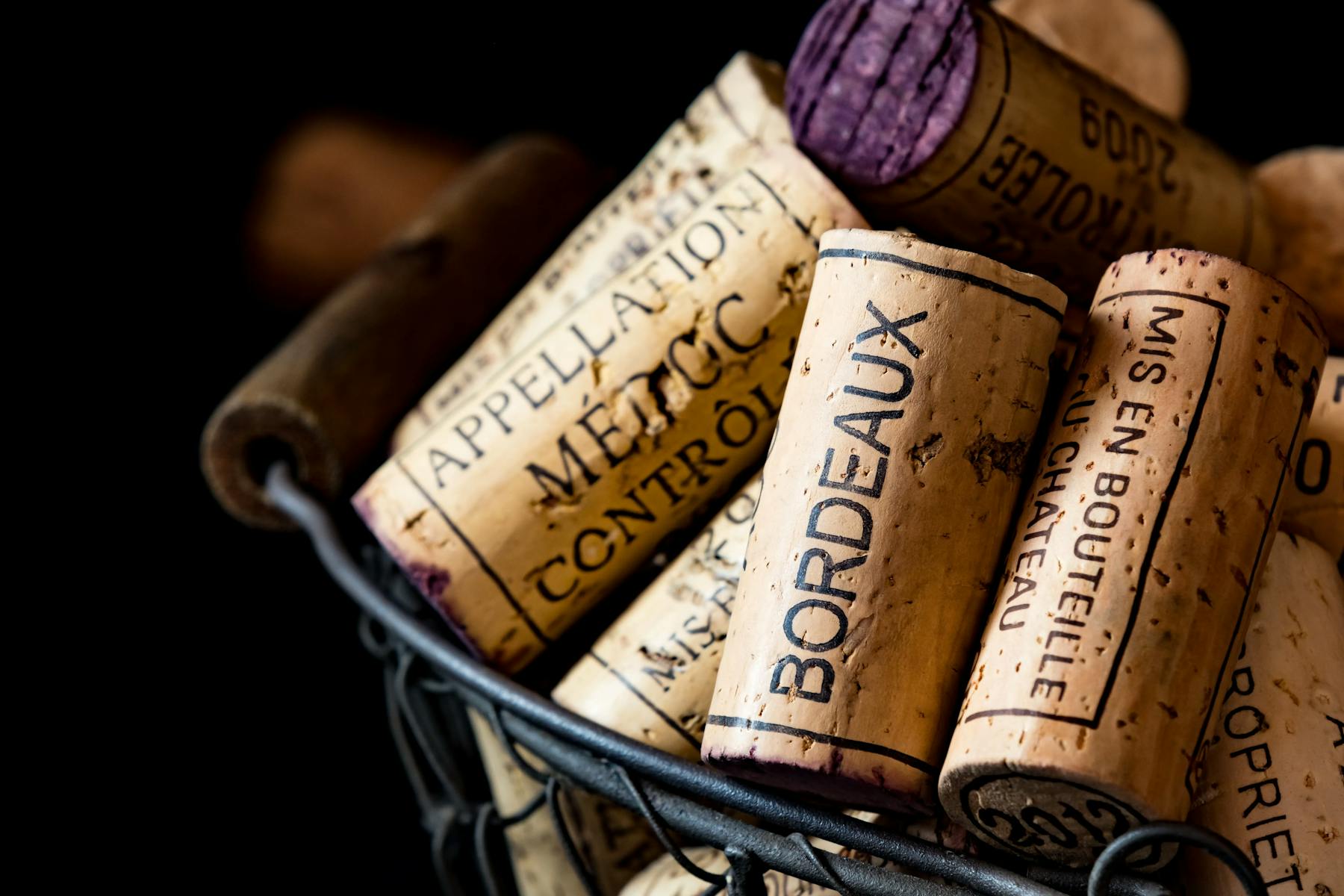- Wine world
Bordeaux wines: great wines as far as the eye can see
- Fri, Sep 20, 2024 at 10:00

Bordeaux wines: an exceptional terroir
The term “terroir” is often used to refer to all of the natural conditions of a wine-growing region, including soil, climate, and topography. Bordeaux benefits from an exceptional terroir, with geological diversity. The region's soils, composed of gravel, clay, limestone and sand, allow for a wide variety of grape varieties, with each type of soil bringing distinct characteristics to the wine. Gravel, for example, promotes drainage and warmth, perfect for Cabernet Sauvignon, while clay soils are better suited to Merlot, which produces rounder, more supple wines.
An ideal climate for Bordeaux wines
Bordeaux's temperate oceanic climate also plays a crucial role in the quality of Bordeaux wines. Mild winters, hot summers and long, sunny autumns provide ideal conditions for grape ripening. In addition, the influence of the Gironde estuary and the Garonne and Dordogne rivers creates a microclimate which protects the vines from spring frosts and regulates humidity, which is essential for a good harvest.
A tradition and know-how of Bordeaux winegrowers
Bordeaux's wine history dates back to Roman times, and over the centuries the region has perfected the art of viticulture. Winemaking techniques are passed down from generation to generation, with each estate having its own methods to express the best of its terroir. This tradition is particularly marked in the Grands Crus Classés, where respect for ancestral methods combines with innovation to produce wines of consistent and exceptional quality.
Historical classifications of Bordeaux wines
Another factor that distinguishes Bordeaux great wines is their classification system. The 1855 classification, established for the Universal Exhibition in Paris at the request of Napoleon III, remains an essential benchmark today. This classification divided the wines into five categories, from "Premier Grand Cru Classé" to "Cinquième Grand Cru Classé", depending on the reputation of the châteaux and the selling price of their wines at the time. Similar classifications exist in other Bordeaux appellations, such as the Graves classification or that of Saint-Émilion. These distinctions guarantee particular recognition and prestige to the wines that benefit from them.
Find out more about the classification of Bordeaux wines
The diversity of Bordeaux grape varieties
Bordeaux is also unique for the diversity of its grape varieties. Great wines are often blended wines, combining several varieties of grapes to create a perfect balance between acidity, tannins, aromas and structure. The region's signature grape varieties include Cabernet Sauvignon, Merlot, Cabernet Franc, Petit Verdot, and Malbec for red wines, as well as Sémillon, Sauvignon Blanc, and Muscadelle for white wines. Each grape variety brings specific characteristics, and the art of blending is essential to crafting a great wine.
Great aging potential for Bordeaux wines
Finally, the aging capacity of Bordeaux great wines is a fundamental aspect of their uniqueness. Thanks to their tannic structure, balanced acidity and aromatic complexity, these Bordeaux wines can evolve for decades in bottle, developing secondary and tertiary aromas that can only be achieved over time.
Bordeaux and its great wines
The great wines of Bordeaux are not just wines; they are the fruit of a cultural heritage, an exceptional terroir and meticulously maintained know-how. Their uniqueness lies in the complex interaction between nature and man, where every detail counts, from the choice of grape varieties to the art of blending, respect for traditions and innovation. It is this alchemy that makes the great wines of Bordeaux a world reference and an unparalleled taste experience.
